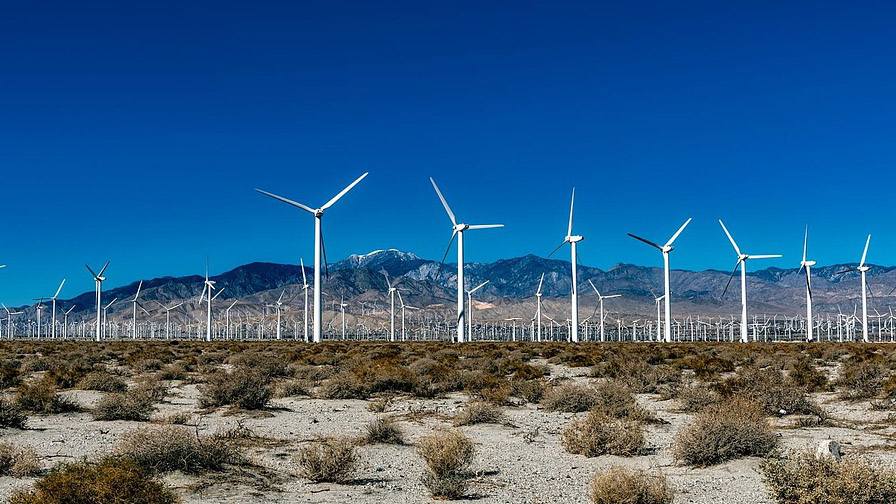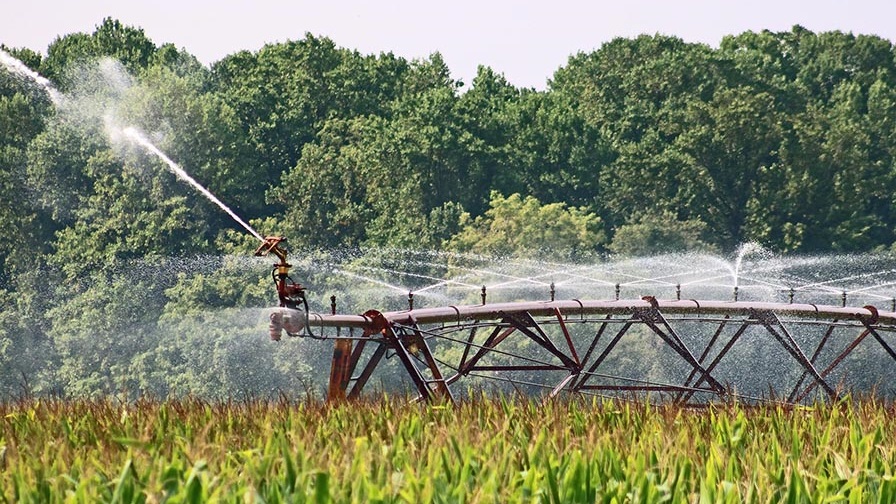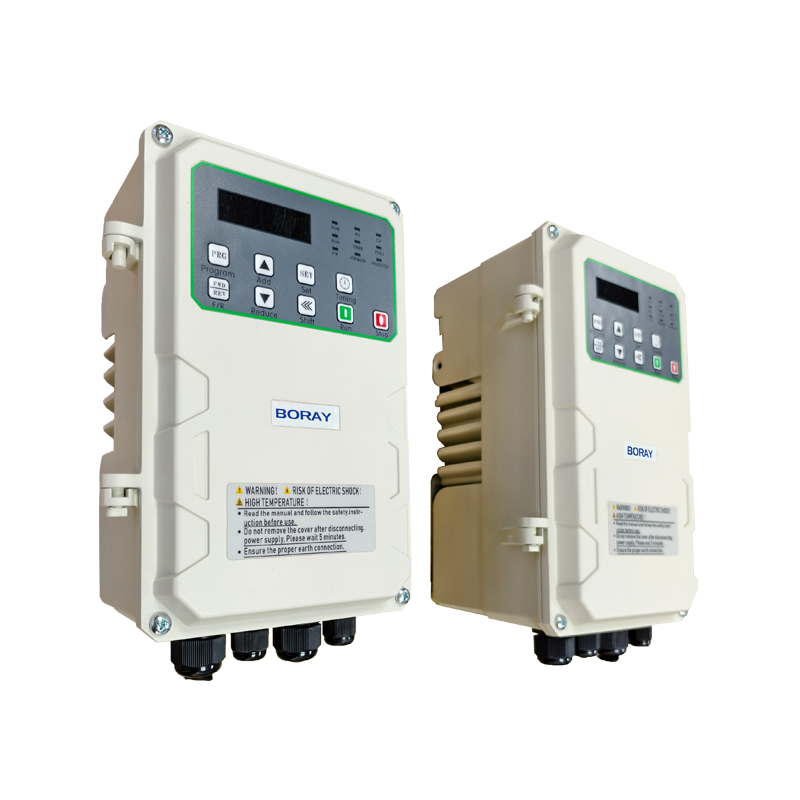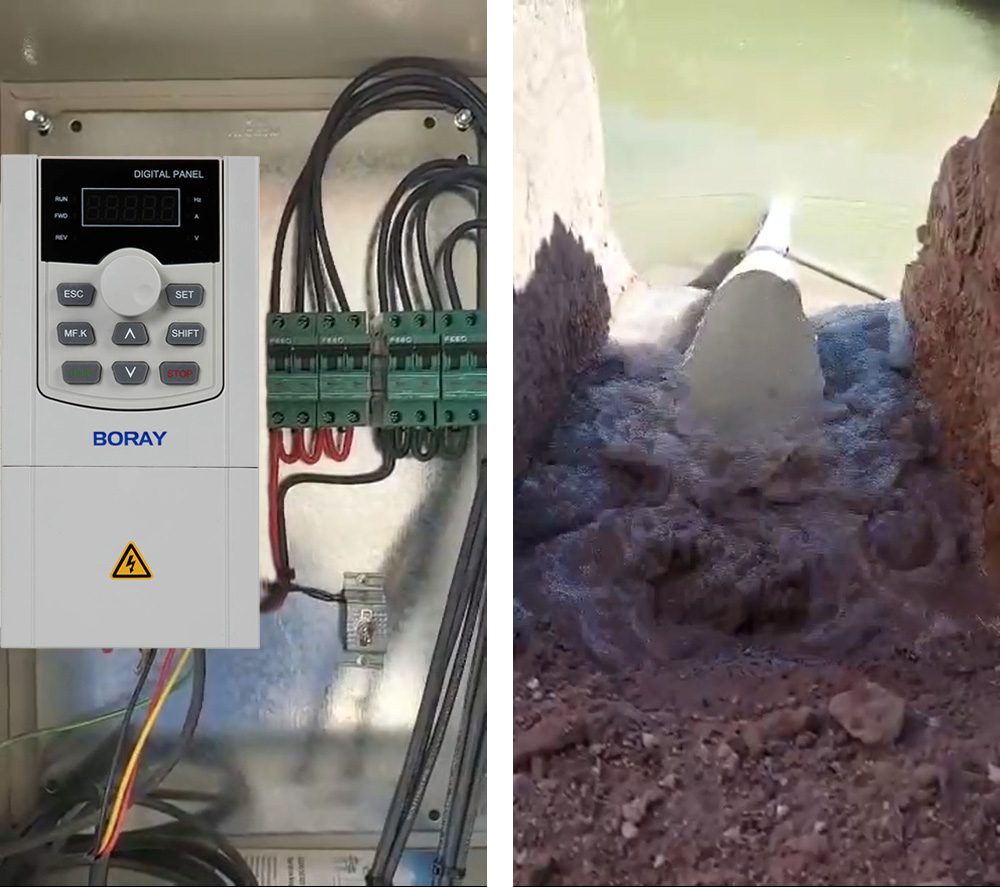In the context of global energy transformation and sustainable development, solar pump systems are becoming an important solution for agricultural irrigation. As its core component, the efficiency of the inverter directly affects the performance of the entire system. Among them, the maximum power point tracking (MPPT) technology, with its excellent energy optimization capabilities, is helping solar pump inverters achieve efficiency breakthroughs and providing key technical support for global agricultural water and energy conservation.
MPPT technology: the “smart brain” of the solar pump system
MPPT (Maximum Power Point Tracking) technology is one of the core technologies of solar inverters. It can track the maximum power output point of photovoltaic panels in real time and dynamically adjust according to environmental changes to ensure that the system always operates at optimal efficiency.
In the application of solar water pumps, the role of MPPT technology is particularly critical:
- Dealing with changing environments: With changes in environmental factors such as sunshine intensity, temperature, and cloud cover, the output characteristic curve of photovoltaic panels will continue to change. The efficiency of traditional fixed voltage systems is usually only 70%-80%, while inverters equipped with MPPT can be increased to 90%-95%.
- Improve low-light performance: In the early morning, evening or cloudy weather, MPPT technology can still capture the energy of weak sunlight, and can obtain 20%-30% more energy than traditional systems.
- Extended operation time: By optimizing power output, the pump can run longer under the same sunshine conditions, significantly improving irrigation efficiency.
Technological breakthrough: Application of a new generation of MPPT algorithms
In recent years, MPPT technology has been continuously upgraded and iterated, bringing revolutionary changes to solar pump systems:
- Intelligent hybrid algorithm: Combining the advantages of perturbation observation (P&O) and conductance increment method (INC) to achieve faster and more stable tracking
- Multi-peak MPPT: Solve the power loss problem under local shadow conditions, and find the global maximum power point even when part of the photovoltaic panel is blocked
- AI predictive control: Predict weather trends through machine learning algorithms, adjust the working point in advance, and reduce power fluctuations
Driven by the increasing global water shortage and the “dual carbon” goals, high-efficiency solar irrigation systems are experiencing explosive growth. With the continuous breakthroughs in core technologies such as MPPT and the cost optimization brought about by large-scale applications, smart solar irrigation solutions are increasingly becoming a key engine for promoting the green transformation of agriculture. This innovative technology not only provides a practical path to address global climate change, but also contributes a replicable and sustainable practical solution to solve the water crisis, and is reshaping the sustainable development pattern of modern agriculture.





